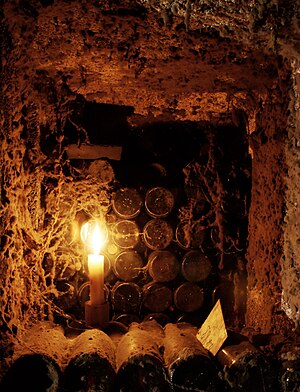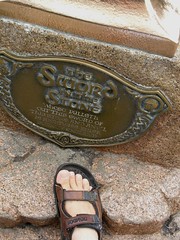 |
| Cast of BBCAmerica's Whitechapel |
Yes, I thought of something to write about! And it only took a couple of minutes, thanks to BBCAmerica sending me an email (I signed up when they were showing Whitechapel last year. I hear that Whitechapel has been cancelled, which, imho is a crime. It just may be the best thing I've seen on any channel in the last couple of years, and it got me watching other shows on BBCAmerica for the first time) about their new show, Atlantis.
The story here is initially set in the present day, but Jason (the hero) gets sucked into ancient Atlantis somehow when he's searching the ocean for his missing father. If this present-day action can be counted-- it's probably not even five minutes -- then it looks to me like the show meets all of the neo-mythology genre requirements. The best thing in the show so far is Mark Addy as Hercules. He sort of reminds me of Oliver Platt playing Paul Bunyan in Tall Tale, a movie I liked a lot as a kid. Like Platt, Mark Addy is nothing like what most people imagine Hercules would be. He's not very tall, he's the opposite of buff 'n cut (to put it nicely), and he seems to have a drinking problem.
Unfortunately, the stories so far aren't as fun as Addy's take on Hercules, but it has some potential for improvement, as my mother would say. I hope it does improve, especially since it's already been renewed for a second season, which makes me resent the cancellation of Whitechapel even more.
And now I'm really ticked off, because as I was going over the related articles offered by Zemanta, I saw one about how Ripper Street is now cancelled, too. Waaaaah! It's a world gone mad.

















